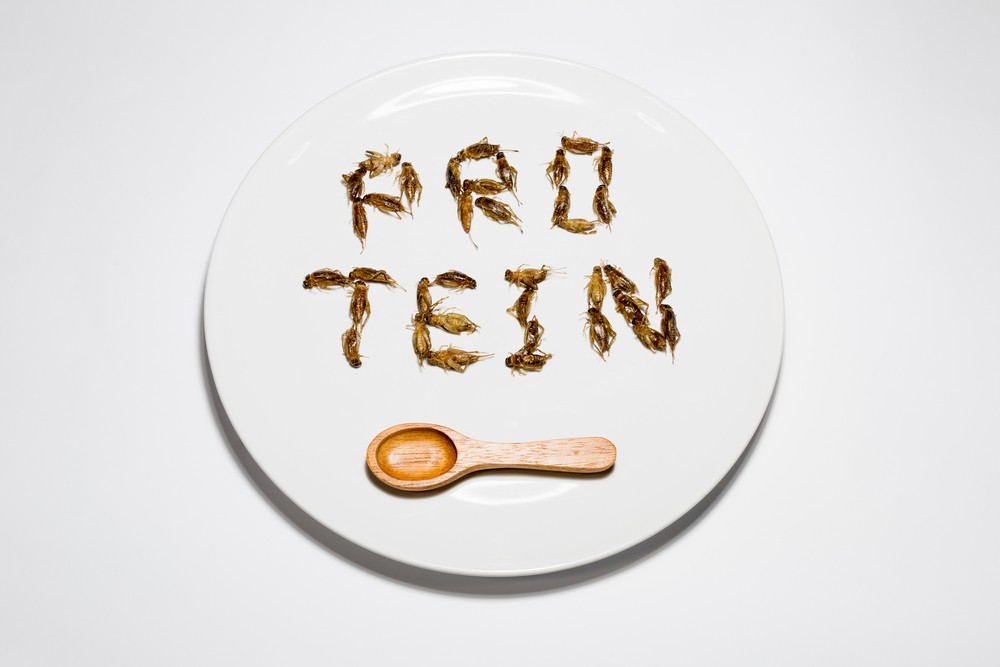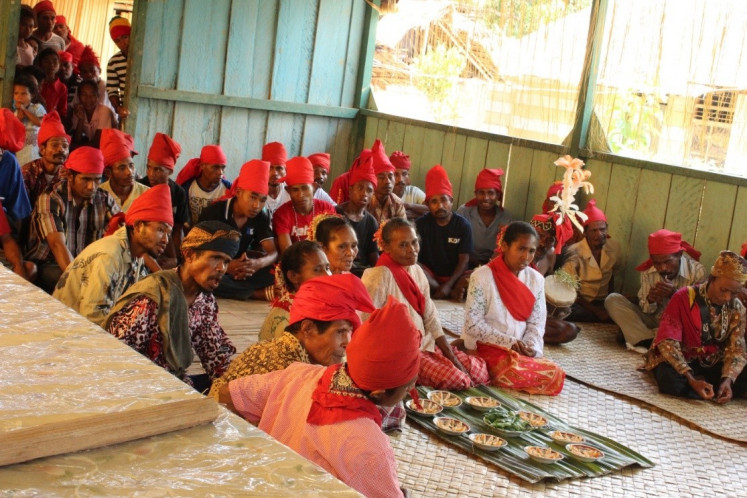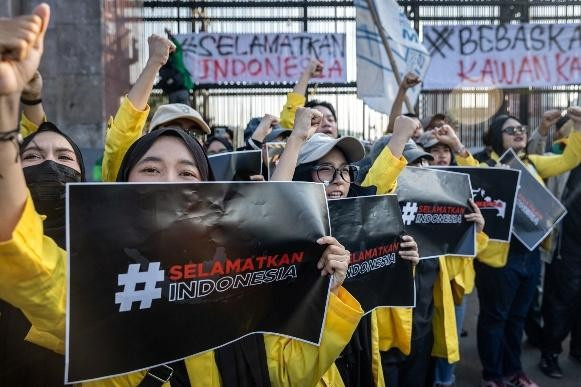Popular Reads
Top Results
Can't find what you're looking for?
View all search resultsPopular Reads
Top Results
Can't find what you're looking for?
View all search resultsStop stunting: Create delicious insect dishes
Insects are one of our most readily available biodiversity resources, which we have largely neglected in our “modern” life even though eating insects is actually part of our food culture.
Change text size
Gift Premium Articles
to Anyone
A
fter spurring physical infrastructure development in his first term, President Joko “Jokowi” Widodo will now focus on human resources. Reducing stunting of children under 5 years of age is among the priorities, with a goal to lower the current figure of about 30 percent of children under 5 to at most 19 percent by 2024.
According to last year’s report on the Global Hunger Index (GHI) issued by the International Food Policy Research Institute, 15 out of 119 developing countries were able to reach the status of hunger equal to that of developed countries. One was Ukraine with an income per capita even lower than that of Indonesia. The report showed that in 18 years, Indonesia’s GHI score only declined by an average of 0.2 percent annually from 2000 to 2018. If this persists, we would need about 80 years to lower our GHI score to under 5, that of developed countries.
One factor may be the tropical climate, with its intense humidity and high prevalence of neglected tropical diseases, the high number of pests and diseases of plants and animals and the fragility of our soil quality and ecosystems. All these challenges, along with poverty, mean we need out-of-the-box thinking, strategies and operational frameworks to lower hunger and stunting in a few years.
In 2010, Indonesians’ average animal protein consumption per day was only about 14 grams, a small change from much earlier studies. Besides the high price of animal-sourced food in some regions, in Indonesia we have also developed food and agricultural systems unsuitable to our ecosystems, while our rich biodiversity means we should not depend only on a few plants or animals for nutrition.
Insects are one of our most readily available biodiversity resources, which we have largely neglected in our “modern” life even though eating insects is actually part of our food culture. When I was a child in a village in West Java, my friends and I ate insects almost daily. Big head crickets, locusts, cicadas, bamboo worms, mealworms and others were our daily menu.
However, despite some of our traditions, the trend in entomophagy, the practice of humans eating insects, is unfortunately not growing in our country, unlike in Europe. The United Nation’s Food and Agriculture Organization, in collaboration with Wageningen University in the Netherlands, published a report in 2013 that showed insects will be a major animal-sourced food in the future.
People in developed countries who eat insects now use advanced technology to process them. On the Blog of Incredible Foods: The Future of Edible Insects we can find “80+ Edible Insect Products You Can Buy”, a reviewer recommending black soldier fly larvae as food said that when dried “the taste is a lot better than the aroma” which is “pungent, strong earthy, fishy”.


















